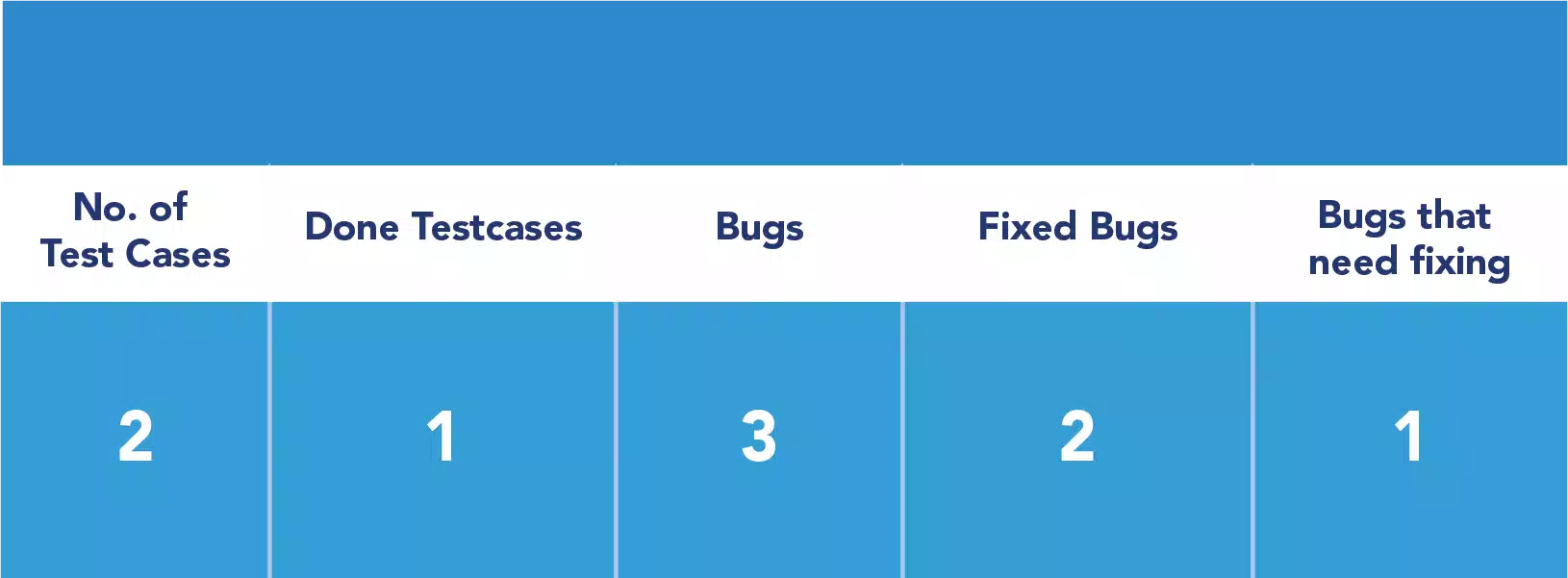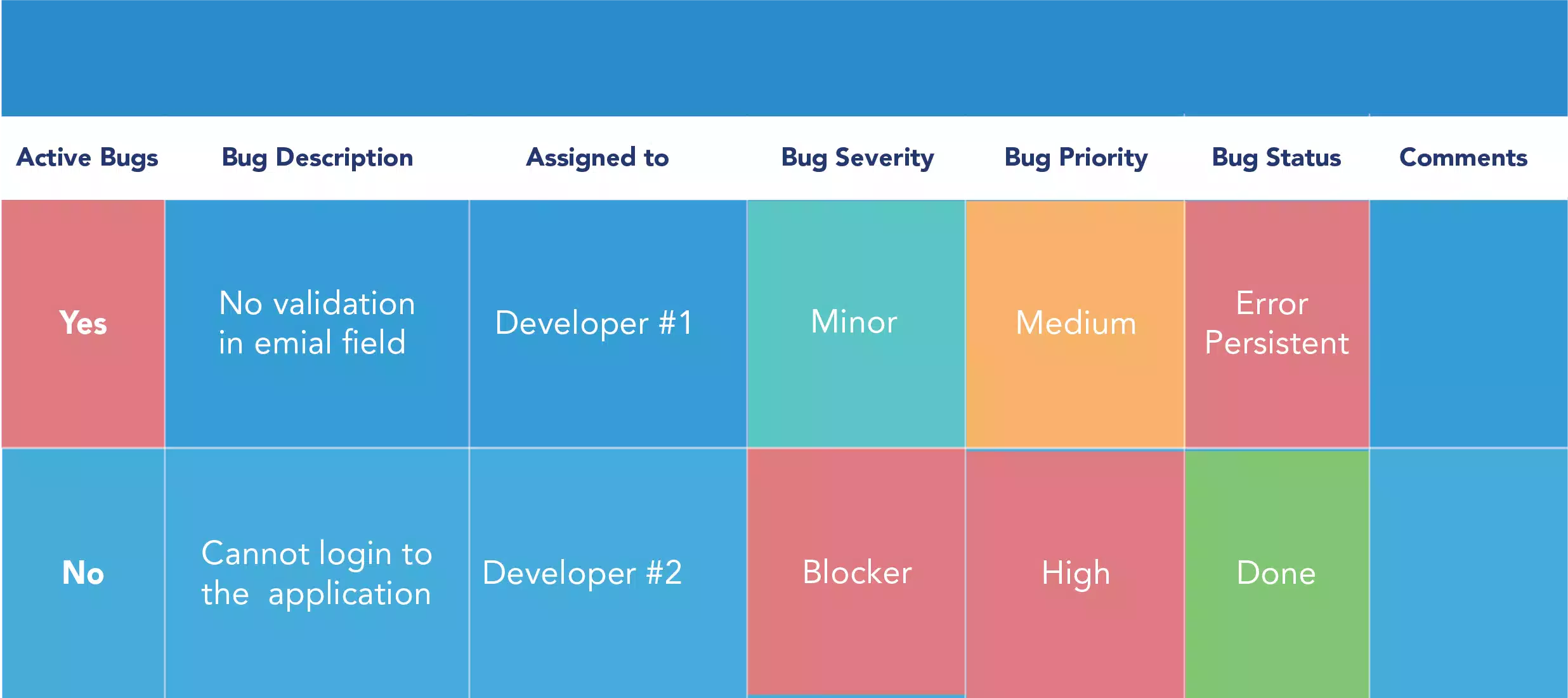As a QA, I spend a considerable amount of time in finding and implementing tools that make our work easier and more efficient. RTM and test closure report, both are some of those tools I use in my daily work.
In my last Blog, I wrote about RTM, requirement Traceability Matrix. In this blog, I will briefly introduce test closure report along with a sample of how it is actually implemented in projects.
What is the Test Closure Report?
A test closure report is created once the testing of a software is completed successfully, and the product has met the exit criteria. This report describes the testing activities performed by QA.
Test closure report is created by a QA engineer and is reviewed by all the stakeholders. Test closure reports provide a detailed analysis of the types of testing performed, process followed, the status of bugs, and the details of the open defects. Every QA team prepares this report to ensure that the product release is stable.
Points covered in a test closure report:
- Features - This includes the descriptive topic of the feature.
- User Story Description - This includes description of the feature from users perspective.
- Test Case Description - This includes the description about the test performed.
- Testing Type - Testing type includes whether the testing is done manually or automated.
- Test Case Status - It includes testing status like pass, fail, testing in progress and testing blocked
- Test Data - Test data includes data used while testing.
- Active Bugs - It shows whether there are active bugs or not.
- Bug Description - Bug Descriptions include short descriptions about the bug.
- Assigned to - This field shows who the bug is assigned to.
- Bug severity - Bug severity shows how much the bug impacts the application.
- Bug Priority - It presents whether the bugs priority is high or low so that the developers can debug accordingly.
- Bug Status - Bug status shows whether the bug is in to do, in progress or done state.
- Comments - Comments include the extra information or remarks that needs to be mentioned.
Test Metrics in Test Closure Report
After covering all the required points in the test closure report, an overall metrics about the report should be generated. It can be presented in a bar graph or pie chart or any chart that is feasible and understandable.
This metric will help the shareholders and clients to understand the report in an easier way. They may not understand all the errors and actions that need to be taken but can easily understand the number of errors.

Why Is Test Closure Required?
Test Closure is a very important part of software development. This is because it performs the following functions:
- Formally Announce Closure – Once all testing is complete there has to be a formal announcement of its closure.
- Combine all results – The results of all the tests performed needs to be prepared, this way every error found during testing is documented and can be referred to when required.
- Provide Detail Analysis – Analysis of errors pinpoints their source of origin so that corrective action can be taken. The summary of this analysis is also documented in the Test Closure report.
- Present Test Metrics To Client – A client will not always understand the errors that occur and the resultant action that is taken to rectify. But what they do understand are the metrics that state the number of errors and how they were removed with corrective action. Such metrics, for client reference, also find a place in the Test Closure document.
- Adjudge Risk – Finally, the most significant part of Test Closure is risk assessment in respect to the software as a whole. This provides a heads up to the client regarding the success rate of the application, i.e., they will know the strengths and weaknesses of the program.
Implementation of Test Closure Report
As QA engineers, team Gurzu has been generating test closure reports every sprint and it is then shared to all the team members and stakeholders at the end of the sprint.
Our end of the sprint test closure reports include features tested in that particular sprint, test cases, bugs founds, their status and metrics. Status of all the deliverables of that sprint is included in this report. We use google sheets to create and share this report.


Further Reading
- Design QA as a System
- Web Automation Testing with Cypress : A Guide for Beginners (I)
- Web Automation Testing with Cypress : A Guide for Beginners (II)
Final Words
Test Closure Reports are a key aspect in ensuring the final quality of the software tested, is a very important opportunity to review results, follow up on actions needed, assessing and take action on potential risks, before the final release of the product.
Gurzu is a software development company passionate about building software that solve real-life problems. Explore some of our awesome projects in our success stories.
Need help with automating your software tests? Gurzu engineers can help you! Drop us a message.
Have a tech idea that you need help turning into reality? Book a free consulting session with us!

